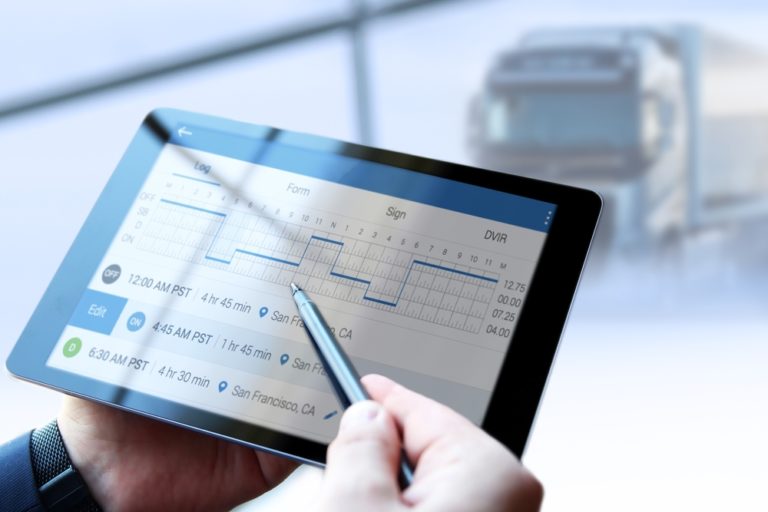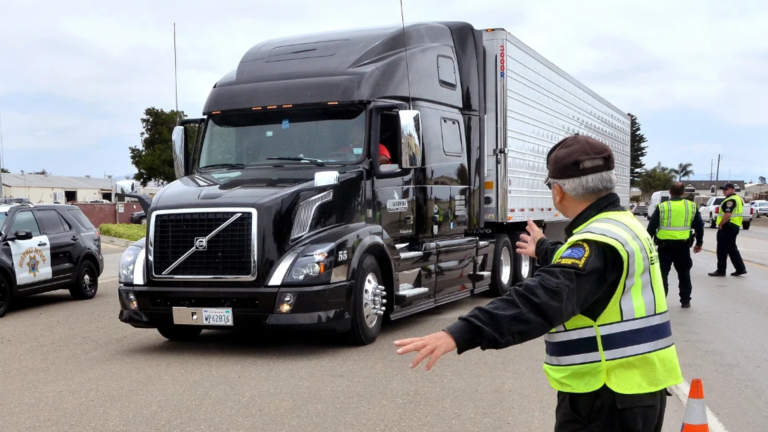5 Must-Have ELD Features
On December 16th, every commercial vehicle must have an ELD. The FMCSA’s goal is clear – to establish an HOS (Hours of Service) system that can’t be cheated. But ELDs are capable of doing a lot more than just tracking HOS.
Fleet managers who want to turn the ELD compliance requirement into a profit-generating opportunity should search for ELDs with these five features:
1. DOT-Tested Compliance
Here’s something that many “certified” ELD makers don’t tell their customers – their ELDs aren’t actually FMCSA-certified.
Why? Because the FMCSA doesn’t certify any ELDs. Instead, they ask ELD makers to “self-certify,” a process with zero oversight.
The FMCSA’s ELD Test Plan and Procedures explains how ELD makers are supposed to “self-certify.” But it’s a gigantic 444-page document filled with complex technical details. Even the most careful ELD maker could get confused and miss a step or two.
What happens when a confused ELD maker incorrectly declares itself “self-certified” and sells its ELD to a commercial carrier who then undergoes a DOT inspection? When the DOT inspector sees that the ELD doesn’t work as advertised, will they fine the ELD Maker, the carrier, or both?
Here’s the unhappy answer: The carrier will be 100% responsible for all fines and the ELD maker won’t have to pay a cent. It might be unfair, but it’s how the rules are written.
Samuel Mayfield, FMCSA consultant and ELD expert, says that he has only seen two ELDs that comply with every one of the FMCSA’s regulations – and that only one of those ELDs is sturdily built and easy to use. You can learn more about that ELD here.
2. Revenue-Boosting Tools
Many fleet managers believe the ELD mandate has zero upsides for their bottom line. The transportation business has razor-thin margins, so it’s always difficult to subtract yet another government mandated cost from profit margins.
But well-designed ELDs aren’t just fine-prevention tools – they actually pay for themselves. And the best ELDs make fleets more profitable than they were before the ELD mandate.
That’s because innovative ELD makers have added revenue-boosting tools to their devices. When well-informed fleet managers shop for ELDs, they look for these features:
- Fuel Waste Analysis: If fleet managers aren’t in the cab with their drivers, it’s difficult to know how drivers might be wasting fuel. And even the most experienced veterans often have one or two fuel-wasting habits. ELDs with Fuel Waste Analysis can pinpoint the primary ways that entire fleets are misusing fuel and teach individual drivers how to avoid fuel-draining behaviors.
- Real-Time Engine Diagnostics: Small mechanical issues that could be fixed quickly and cheaply often go unnoticed, until they explode into huge problems that require expensive repairs. ELDs with Real-Time Engine Diagnostics prevent these surprises. By monitoring engine temperature, tracking battery level, and sending users Diagnostic Trouble Code (DTC) data, they identify vehicle health issues early.
- Trip Share: Great carriers don’t do the bare minimum – they go above and beyond. And smart carriers don’t just go above and beyond – they find ways to make the extra mile extra profitable. ELDs with Trip Share allow users to share vehicle location and shipment arrival times with third parties. Many fleets have turned their Trip Share feature into a premium add-on service and sell it to customers who want more information about deliveries.
3. Driver-Motivating Incentives
Innovative ELDs give fleet managers tools that amplify their effectiveness. For example, some fleet managers create performance-boosting incentive programs with their ELD’s driver management features.
Driver Safety Scorecards monitor a number of different driver behaviors (hard acceleration, harsh braking, sharp turns, speeding, and idling) and generate grades based on driver performance. ELDs that have Driver Safety Scorecards reveal which drivers are safety superstars and which need improvement. Fleet managers who want to avoid tickets and lawsuits can use this data in a variety of ways.
One of those ways is to design fleet-wide games and driver reward programs. Fleet managers can turn Driver Safety Scorecards into a competition – every week, the safest driver in their fleet gets a trophy. Or fleet managers can hand out bonuses – a fleet’s top three safest drivers get cash bonuses at the end of every month.
Good ELDs don’t give fleet managers headaches. Instead, they unleash fleet managers’ best, most inventive ideas.
4. User-Friendly Interface
According to the FMCSA, 10% of drivers who have ELDs don’t successfully transfer ELD data to DOT inspectors. When that happens, carriers and drivers are given citations for being “unable to transfer” HOS data.
To put it simply: If your ELD is too complicated for your drivers to understand, you might as well not have one. Even compliant carriers will have to pay non-compliance fines if drivers aren’t able to navigate their ELD’s system.
The FMCSA also estimated that ELDs will save carriers $116 per driver per year in clerical costs because back office staff will stop processing RODs. However, staff will have to operate ELD systems. If those systems are poorly designed, all the clerical costs that ELDs saved will go toward the time wasted trying to figure out a confusing ELD platform.
That’s why it’s so important to make sure that an ELD isn’t only compliant, but also well-designed for end-users. Whether it’s being navigated by drivers, back office staff, or managers, an ELD platform needs to be intuitive and easy-to-use.
5. Responsive Customer Service
Anyone who has ever worked on the open road knows one thing for certain – that nothing is certain. From unexpected highway closings to out-of-nowhere September snow storms, transportation professionals’ work is wildly unpredictable.
That’s why it’s so important to use an ELD from a provider whose customer service team will actually pick up the phone. Maybe a driver is dealing with a poorly-trained DOT inspector who’s writing an unjustified non-compliance ticket. Maybe, in order to land a huge new client, a fleet manager needs to add a new feature to their ELD package ASAP. Whatever the reason, no one wants to be left in the cold right at the moment they need their ELD provider most.
At the end of the day, an ELD provider that doesn’t have time to talk to its customers shouldn’t be trusted, no matter how many features they offer. Choose an ELD from a company that’s always there for its clients.








